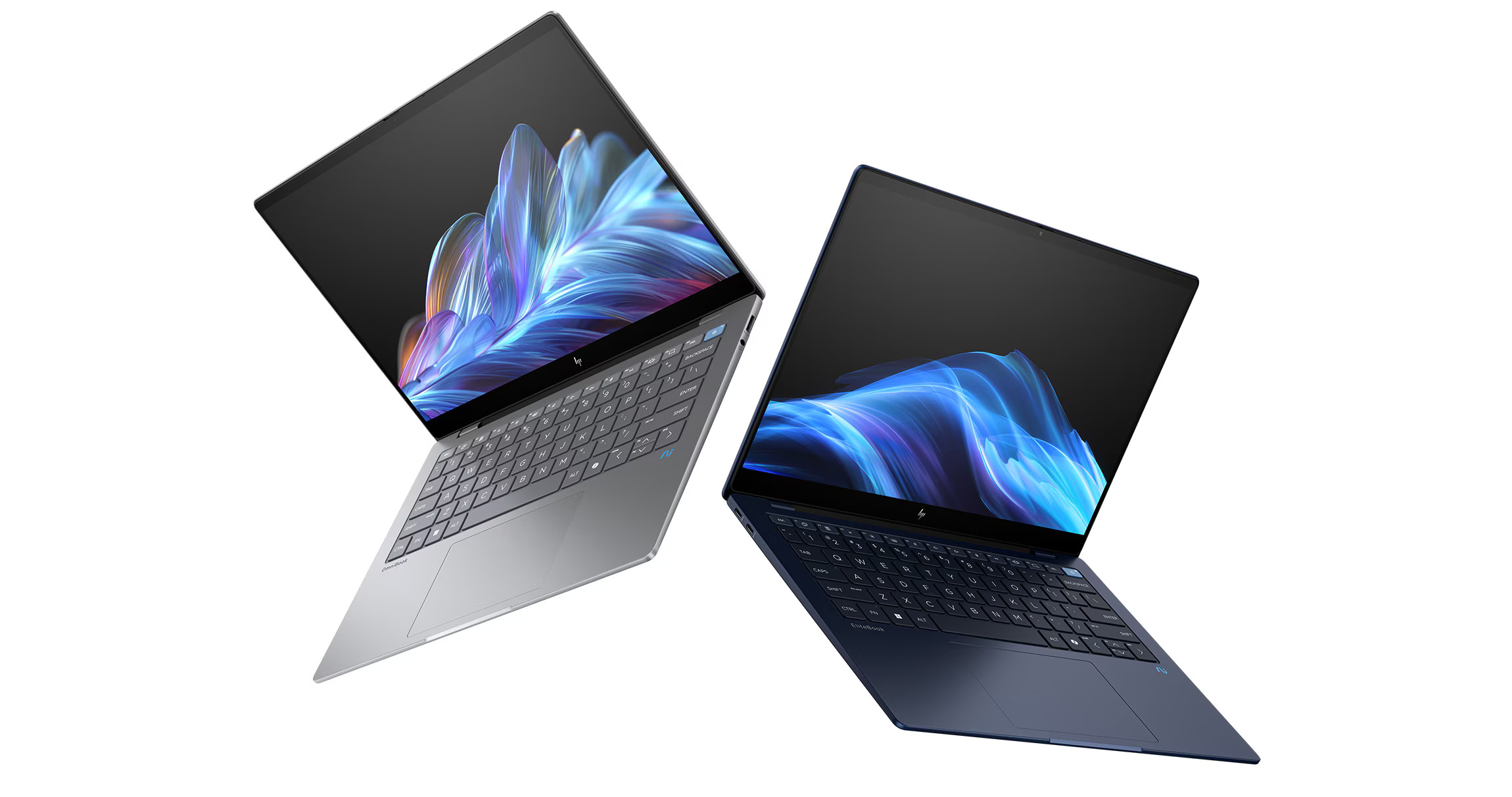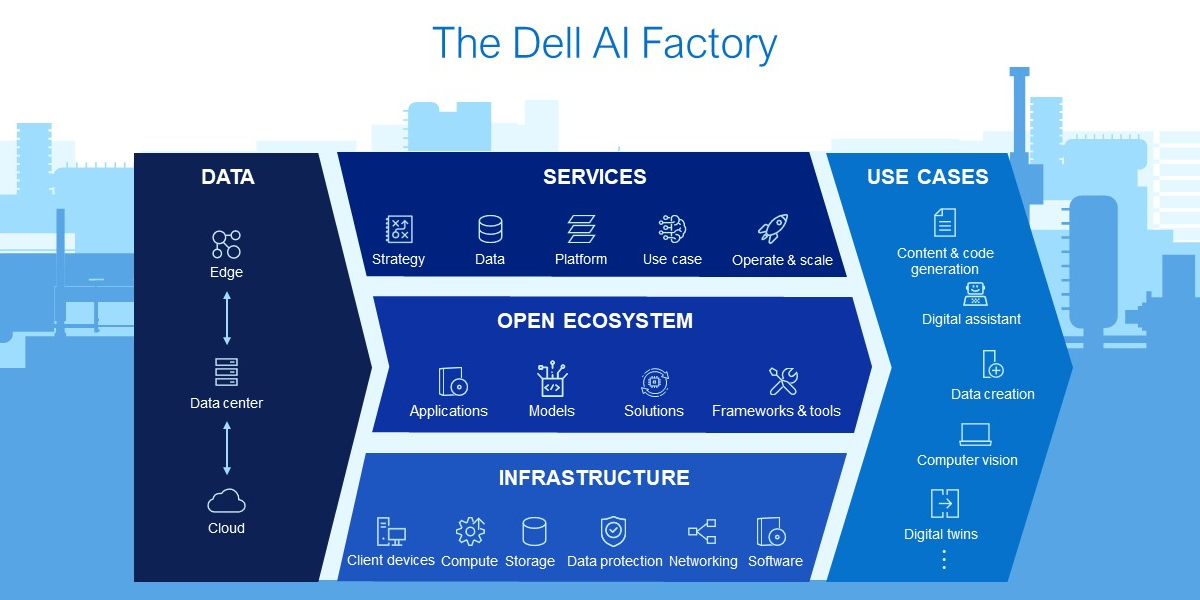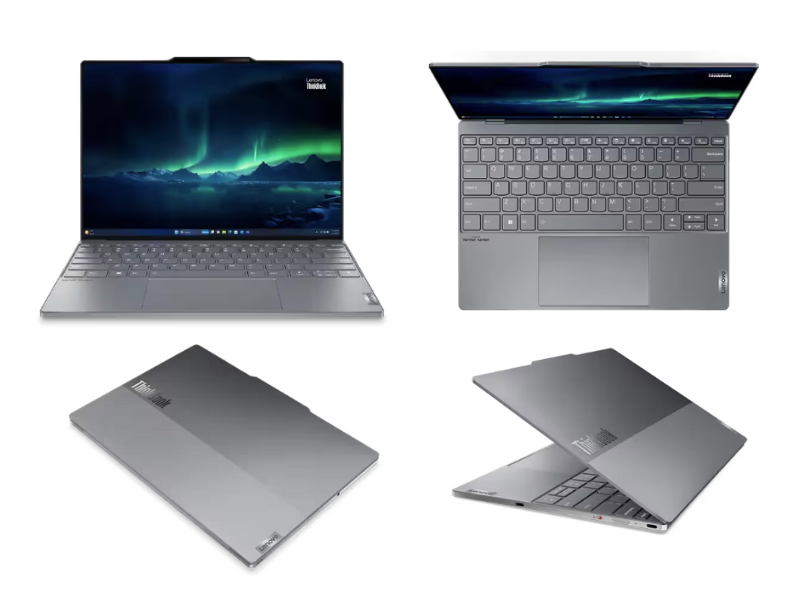Once confined to the realm of science fiction, intelligent machines and artificial intelligence are now rapidly reshaping our world. AI streamlines tasks and boosts efficiency across industries, from personal productivity to complex professional operations. The boundary between imagination and reality blurs further as technology advances, with AI-powered devices becoming increasingly accessible.
AI PCs have emerged as the latest technological sensation, generating significant excitement in the industry. The prevailing narrative suggests that AI capabilities will soon become a standard feature in higher-end personal computers. HP, a long-standing leader in the PC market, is not just a participant but one of the driving forces. It recognizes the immense potential of AI PCs, particularly for running generative AI applications. These applications offer a compelling alternative to cloud-based solutions, boasting faster processing speeds, enhanced security and privacy protections, and lower implementation costs.
HP's commitment to AI extends beyond hardware. To ensure widespread adoption, the company is investing in comprehensive training programs for its partners and sales teams through role-based training programs. Additionally, platforms like the HP Workforce Experience Platform (HP WEX) are being developed to optimize the user experience and unlock the full potential of AI PCs.
HP’s AI PC Innovations: Leading the Charge
A shift towards AI PCs is at the heart of HP’s innovations. While AI in PCs isn't new—having AI-powered features like speech and face recognition, natural language processing, and predictive text—the rise of large language models and generative AI has changed the market. With advanced neural processing units (NPUs) combined with powerful CPUs and GPUs, AI PCs can handle even the most complex and resource-intensive tasks. These intelligent machines go beyond traditional computing, collaborating seamlessly to boost productivity across various industries. The essential advantage of AI PCs lies in their ability to run AI applications directly on the device, offering significant benefits: faster processing, lower costs, and enhanced privacy and security.
HP made its first foray into the AI PC market with the AI PC portfolio announced at the company’s 2024 Amplify Partner Conference (APC). It introduced HP Elite and Z HP PCs with Intel Core Ultra 5 and 7 processors or next-gen AMD Ryzen PRO processors. However, the announcements made in May propelled them into direct competition with its rivals. The company introduced the HP OmniBook X AI PC and HP EliteBook Ultra AI PC. These PCs, dubbed HP's first next-generation AI PCs, are built from the ground up with the latest ARM architecture and are designed and engineered around the Snapdragon X Elite processor, featuring a dedicated NPU capable of 45 trillion operations per second (TOPS). HP touted these devices as the world’s thinnest next-gen AI PCs at APC.














